From the moment we are born, every experience and emotion we have ever felt is stored in the part of our mind called the subconscious. Intangible, immeasurable, and for the most part inaccessible, this portion of the human mind is complex and extremely important to our individual personal identities.
Our mind is like an iceberg. Floating in the ocean, we can only see what is above the surface of the water – and while this may be colossal in size, it only makes up a tiny ten percent of the total size of the iceberg. What is hidden underneath is nine times larger. Our conscious mind represents this ten percent of the iceberg in view, above the water, and our subconscious represents all that is below. The conscious mind is only a tiny portion of what is going on underneath.
The conscious mind is responsible for collecting information in our day-to-day life through our senses, which it relays back to the subconscious. The subconscious encompasses those activities we take for granted such as breathing, blinking and monitoring our temperatures, but it also stores every past experience, emotion, and thought we have ever had. Like the iceberg under the water, we can’t see or readily access the true depth and size of our incredibly powerful subconscious mind but it plays an extremely important role in all of our lives.
The capacity of the subconscious mind is incredible, with few limitations on how much it can store. According to motivational speaker, renowned self-development expert and author of Focal Point Brian Tracy, “By the time you reach 21, you’ve already stored more than one hundred times the content of the entire Encyclopedia Britannica.”

The subconscious mind is constantly active and responsible for an incredible amount of our human functions, actions, choices and personality. In psychological terms, the subconscious is a secondary mind system that stores everything we receive through our senses in a kind of data processing memory bank. It monitors information coming in from our conscious mind such as sight, taste, hearing and touch.
The two aspects of the mind – conscious and subconscious – communicate all the time. The elements that are processed by our conscious mind only stay in the subconscious if they are intensely emotional experiences. This is partly what makes the subconscious so powerful and important in its long-term effects on us as individuals.
What does the subconscious mind actually do?
The subconscious element of our minds covers more than just suppressed desires and forgotten traumatic memories that we are often told about at school. It is responsible for all of those day-to-day movements and activities that we take for granted or don’t even consciously recognise doing. For example, breathing, blinking and regulating our body temperatures are all acts we do subconsciously.
 According to psychologist Havan Parvez, of PsychMechanics, the subconscious is always active, even when we sleep. It communicates with us through images and symbols in our dreams, relaying information we have encountered during the day or even from many years ago – the subconscious storage bank goes back as long as we have been processing information through our senses.
According to psychologist Havan Parvez, of PsychMechanics, the subconscious is always active, even when we sleep. It communicates with us through images and symbols in our dreams, relaying information we have encountered during the day or even from many years ago – the subconscious storage bank goes back as long as we have been processing information through our senses.
Another key function of the subconscious relates to our behaviour. It regulates our reactions, actions, decisions, and physical choices to fit with those it has previously established as ‘ours’. It keeps our thoughts and beliefs consistent, establishing our comfort zones and deeming what activities would suit them.
Brian Tracy, self-development author and motivational public speaker, states that the subconscious mind is what, “Makes (our) behaviour fit a pattern consistent with (our) emotionalised thoughts, hopes, and desires.”

Psychology blog, Mindsets, also claims our natural intuition arises from the subconscious, which uses our previous experience, emotions and memory to help us assess situations. If you have ever felt a ‘gut feeling’ or inexplicable sense about something, this is your subconscious mind communicating with you and sending you signals based on your own previous knowledge.
According to Yvonne Oswald’s book, Every Word Has Power, the subconscious mind does the following:
- Operates the physical body.
- Has a direct connection with the Divine.
- Remembers everything.
- Stores emotions in the physical body.
- Maintains genealogical instincts.
- Creates and maintains least effort (repeating patterns).
- Uses metaphor, imagery and symbols.
- Takes direction from the conscious mind.
- Accepts information literally and personally.
- Does not process negative commands.
How can we harness its power?
It is important to know the ways in which we can harness the power of our subconscious minds. Think about emotional experiences you have had that have impacted your future life. Can personal issues with trust, relationships, certain habits, that you currently have be traced back to an incident or experience you had in the past? This is your subconscious mind acting based on the intense emotions you felt during that time.
 One of the most significant reasons why we should endeavour to use the power of our subconscious for our mental health is to clear emotional blockages and for the purposes of personal healing. According to Joseph Drumheller, award-winning author and leader in meditation, healing and education, we must be in the proper state of mind before exploring our subconscious. He suggests practising some detachment when considering our emotional charges or particular feelings in isolation. Distance your rational mind from these emotions. Then it becomes easier, and safer, to push into these feelings a little deeper.
One of the most significant reasons why we should endeavour to use the power of our subconscious for our mental health is to clear emotional blockages and for the purposes of personal healing. According to Joseph Drumheller, award-winning author and leader in meditation, healing and education, we must be in the proper state of mind before exploring our subconscious. He suggests practising some detachment when considering our emotional charges or particular feelings in isolation. Distance your rational mind from these emotions. Then it becomes easier, and safer, to push into these feelings a little deeper.
Drumheller says that letting yourself explore and feel your emotions as they arise or as you consider certain aspects of your life is important when working on your subconscious. Through your detachment from these emotions, start to think about them more critically. Take mental note of when a certain thought, image, noise, or memory triggers a particular emotion. From this point, we can start to ask ourselves why we feel this emotion, and if from our space of mental detachment, we can see that it may not be warranted, we can start to let the feeling go. As the emotion grows fainter and less raw, we are letting go of this emotional charge and clearing some weight from our subconscious.
This method is useful to try, but the results can differ from person to person. Drumheller suggests that if we are stuck with a particular emotional charge that is difficult to shift, or we begin to lose ourselves in the feelings of that emotion, then there is another method to try. Visualise a large scared object or symbol such as a flower or a cross hovering directly in front of you. Imagine that it holds immense power. Start to think about each of your emotions and visualise this object pulling the force of these emotions out of your heart and mind, drawing them into itself. In this way the power has been transferred to the object rather than your mind in releasing the emotional charge and is a good method for beginners or those struggling with release.
Further suggestions
There is an extensive array of literature, podcasts and other resources available for information and guidance regarding our subconscious. Several books written on the subject are available as audiobooks which can be a fantastic way to engage with the material.
Based on readership ratings, the following books are recommended:
- The Power of Your Subconscious Mind by Joseph Murphy
- Incognito: The Secret Lives of the Brain by David Eagleman
- Beyond the Power of your Subconscious Mind by C. James Jenson
- The Subconscious Mind: How to Use the Hidden Power of Your Mind to Reach Your Goals by Linda Siegmund
Exploring your subconscious is something that can be done privately but is also worthwhile when done with the assistance of a mental health professional such as a psychologist. Those trained in this field can guide you, provide suggestions, and offer support should you need it.
Therapies for your subconscious such as Private Subconscious-mind Healing (P.S.H) are also available for more guided or targeted exploration of the subconscious. This therapy is non-invasive, extremely gentle in its approach, and is designed to assist in resolving underlying subconscious problems that are affecting our day to day lives.
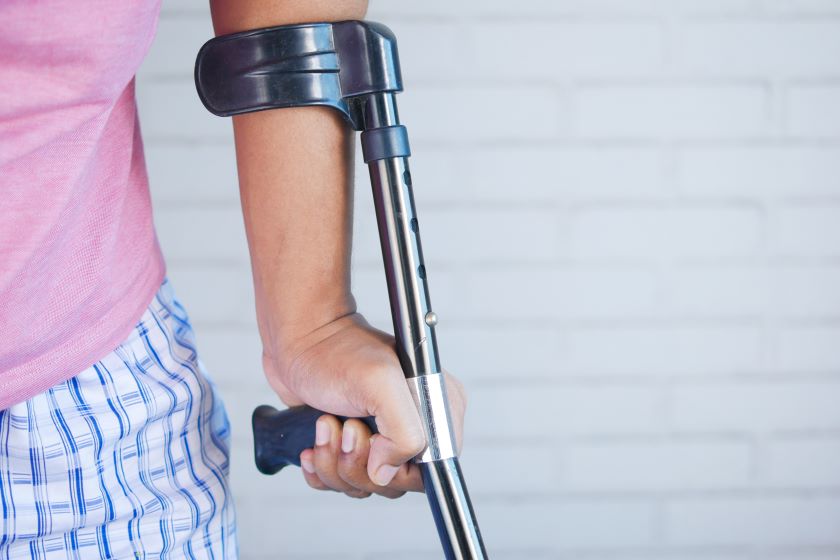

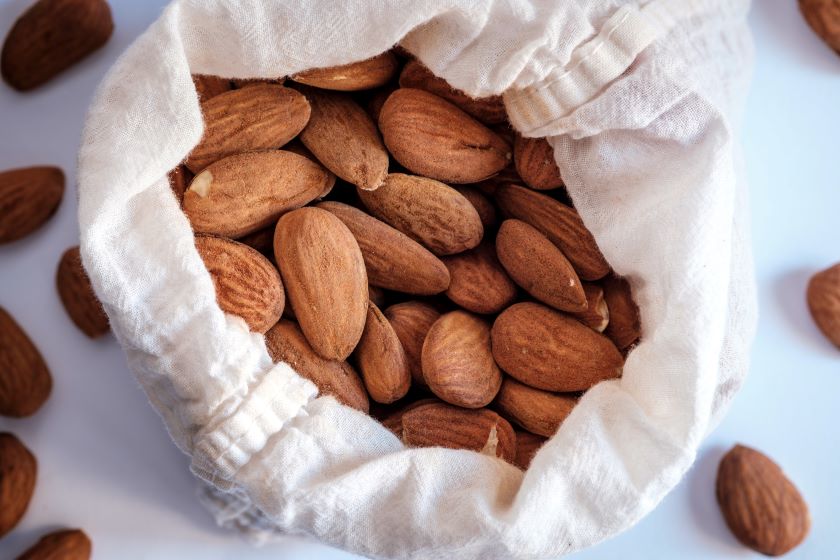

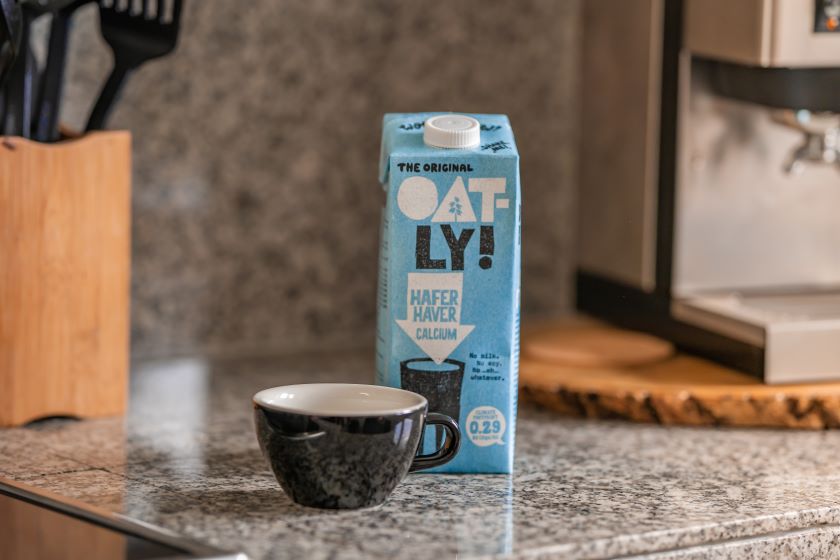
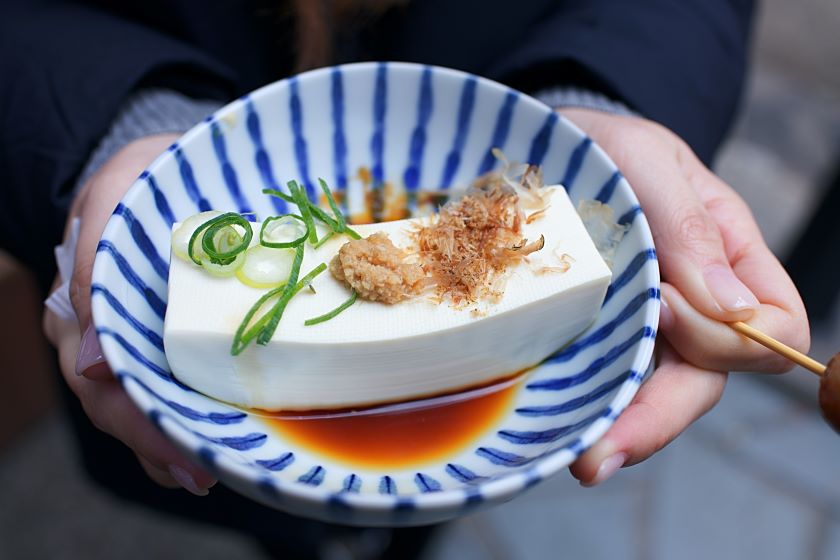











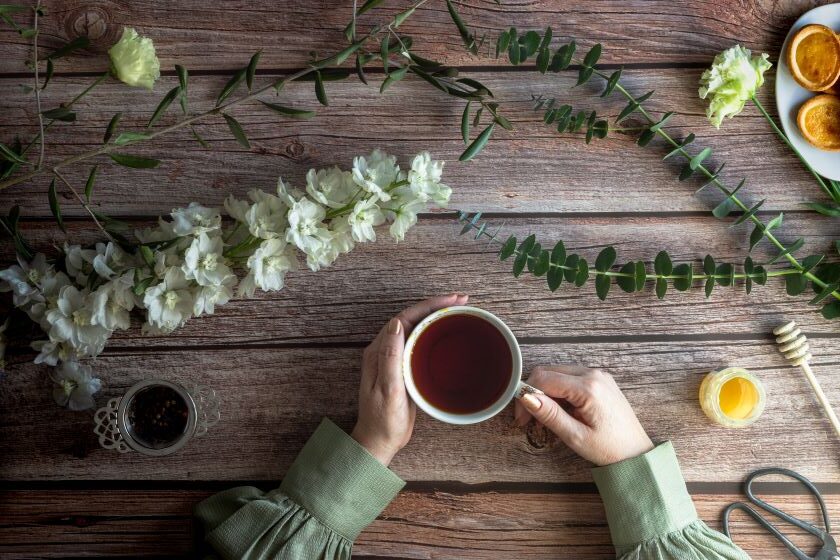

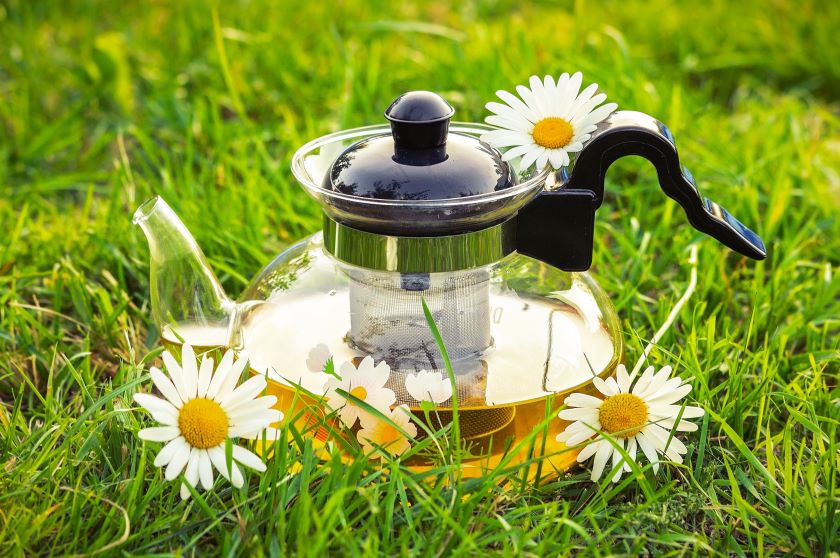
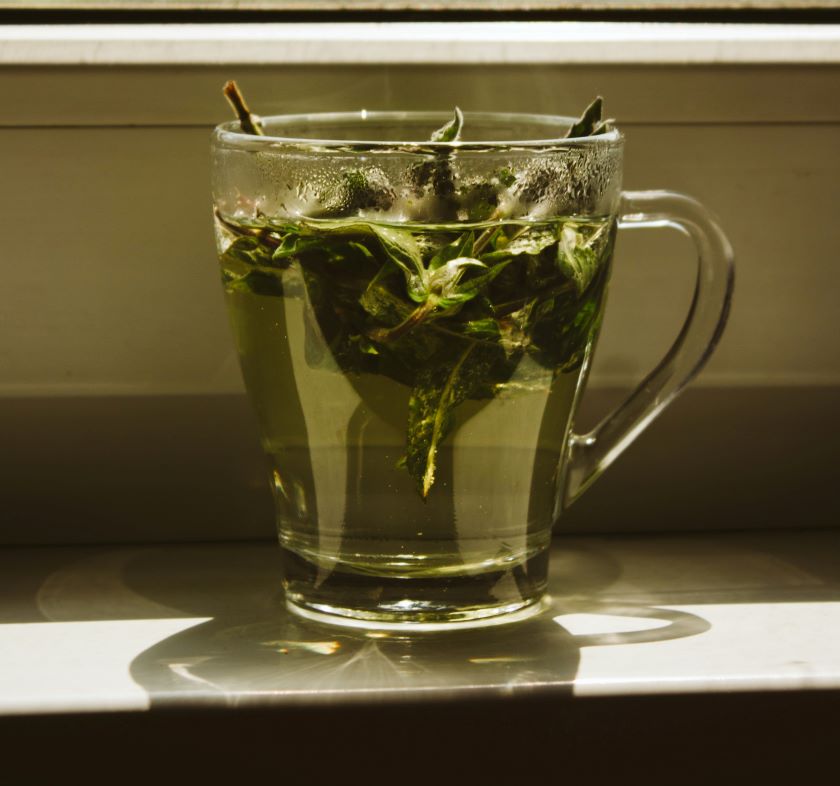
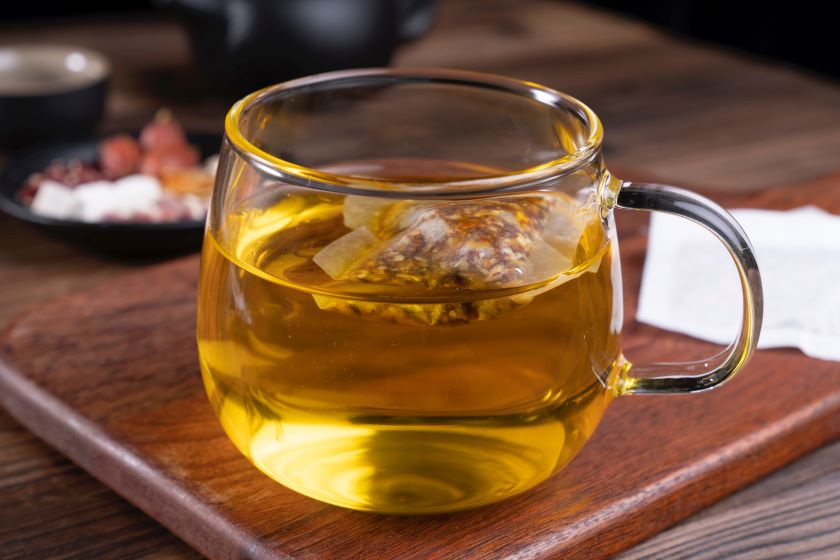
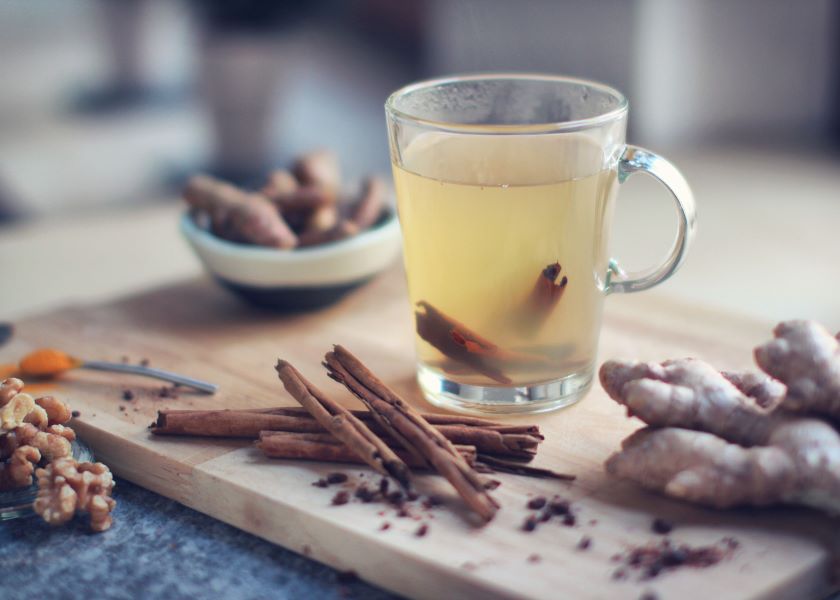
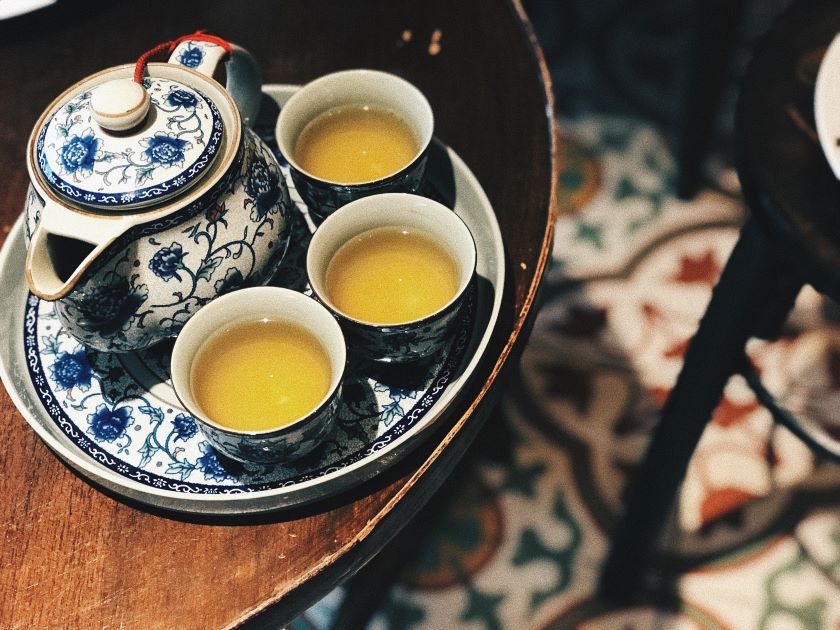
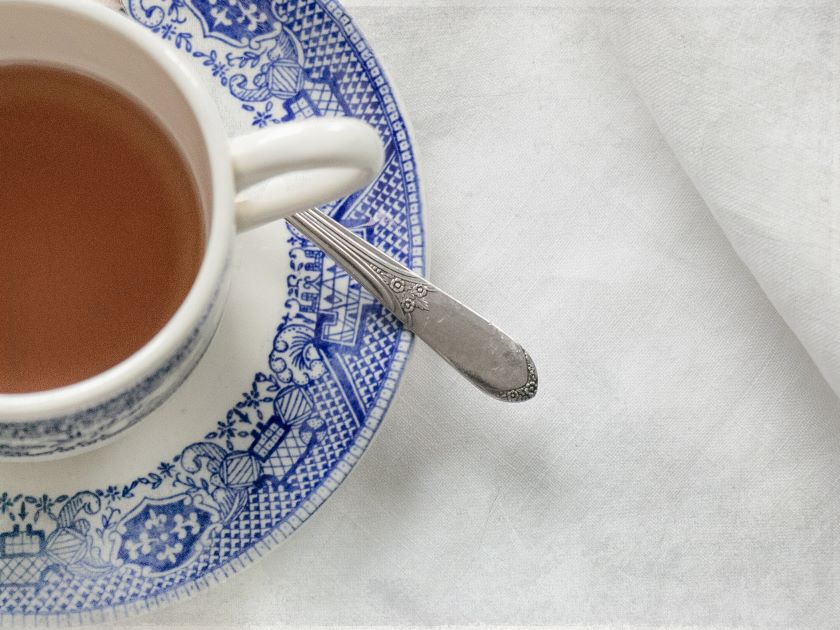

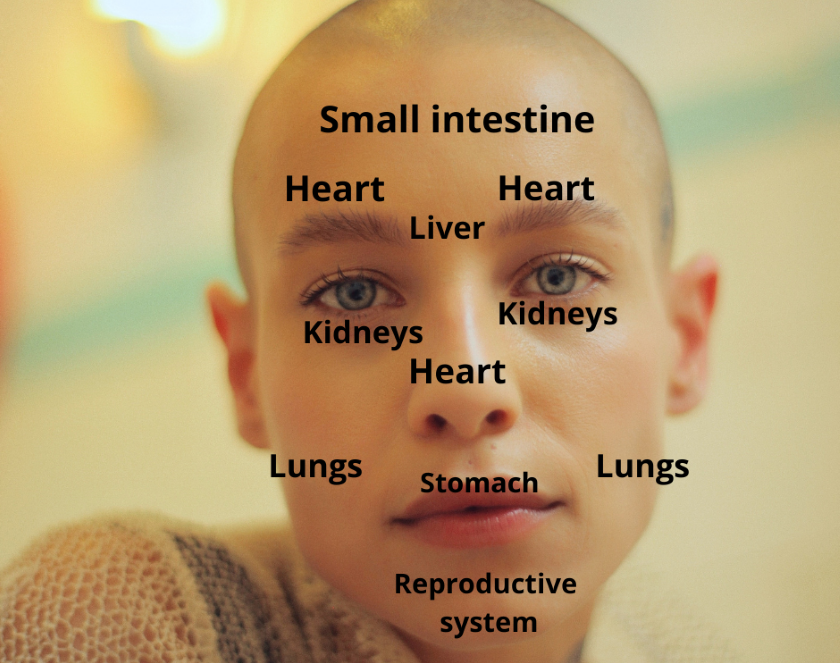






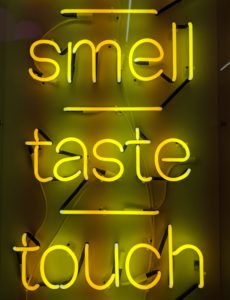
 According to psychologist Havan Parvez, of
According to psychologist Havan Parvez, of 
